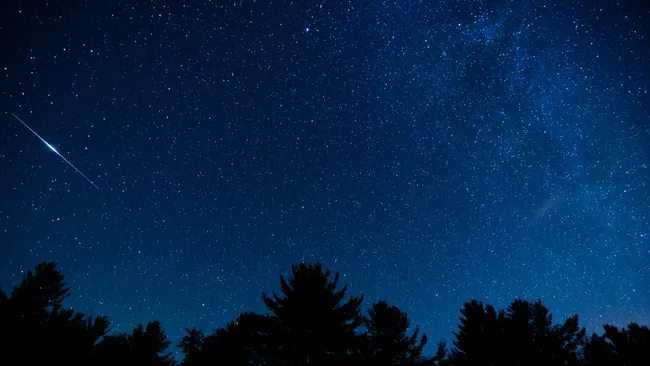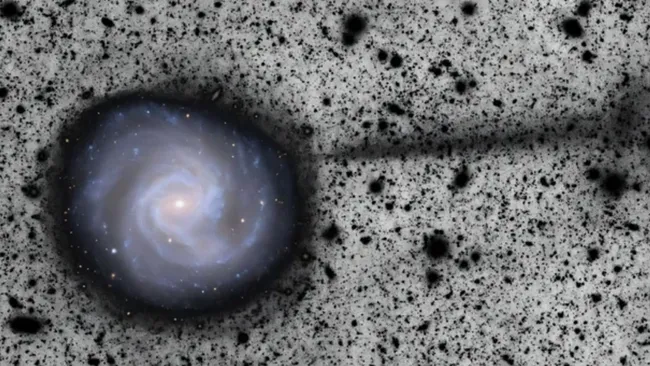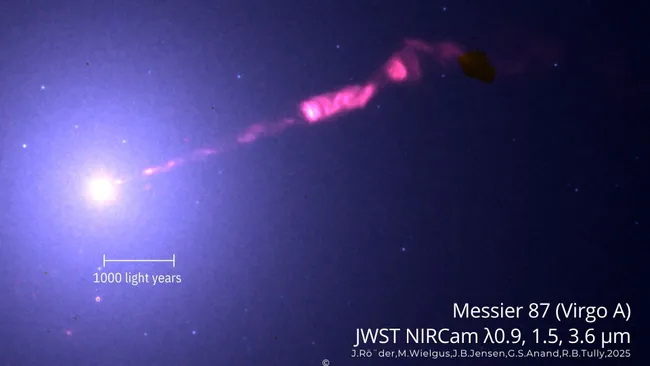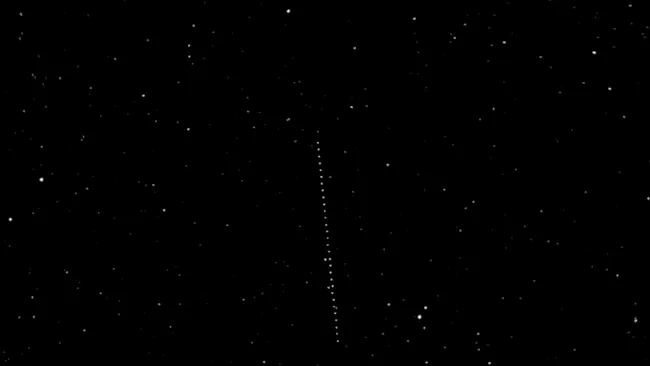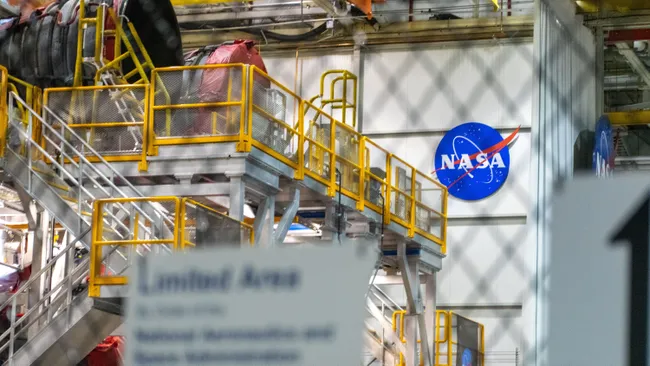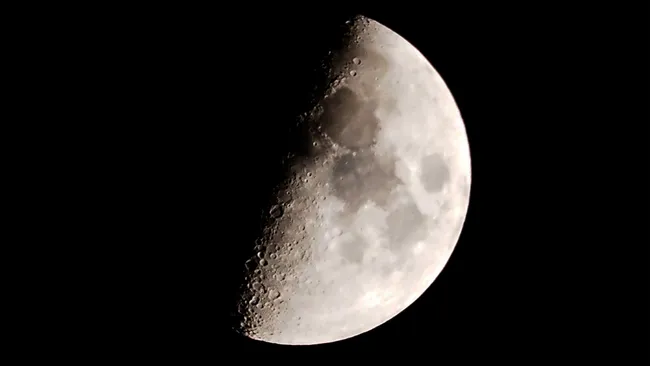Scientists are raising alarms after California-based start-up Reflect Orbital announced plans to launch 4,000 massive space mirrors designed to reflect sunlight onto Earth during twilight hours. The company argues this will boost solar energy production, but experts warn it could trigger catastrophic levels of light pollution.
According to Reflect Orbital’s filing with the Federal Communications Commission (FCC), the company plans to launch its demonstration satellite, EARENDIL-1, in April next year. The craft will deploy a 60-by-60-foot mirror in orbit to test its capability of directing sunlight onto specific locations on Earth.
Backed by a $1.25 million contract from the U.S. Air Force, Reflect Orbital envisions a full constellation of mirrors capable of delivering on-demand illumination after sunset and before sunrise—effectively extending daylight for paying customers.
However, the idea of generating artificial daylight has deeply unsettled astronomers and environmental scientists. Critics fear that the project could not only obscure the stars but also disrupt ecosystems reliant on natural light cycles.
Astronomer John Barentine from the Silverado Hills Observatory called the plan “dangerous,” saying the reflected beams could be four times brighter than the full moon, affecting both wildlife and surrounding areas through atmospheric scattering.
Robert Massey, Deputy Executive Director of the U.K.’s Royal Astronomical Society, described the concept as “pretty catastrophic” for astronomy. “The entire goal of this project is to light up the sky—and from an astronomical perspective, that’s disastrous,” he said.
Reflect Orbital insists it’s addressing these concerns. A company spokesperson told Space.com that their service would be localized, illuminating only a 5-kilometer area for short durations, with the mirrors tilting away once the target passes. The 2026 demo, the company claims, will only produce a “soft, moonlike glow.”
Still, experts warn that the cumulative effects could devastate night skies. Light pollution has already been increasing by nearly 10% per year worldwide, erasing hundreds of visible stars and disrupting both insect populations and human circadian rhythms.
David Smith from the charity BugLife explained that artificial light “fundamentally disrupts the natural day-night cycle that has governed life on Earth for billions of years,” causing physiological and behavioral chaos in countless species.
The astronomy community has long battled against the growing number of reflective satellites—especially SpaceX’s Starlink and AST SpaceMobile—but neither intentionally reflects sunlight back to Earth. Reflect Orbital’s project, however, makes that its central premise, which experts say crosses a dangerous new line.
Beyond the direct visual impact, astronomers warn that these artificial stars could appear as fast-moving bright streaks across the sky, interfering with both observation and the navigation of migratory birds.
Reflect Orbital said it plans to conduct a full environmental impact assessment before expanding, and hopes its 2026 demonstration mission will allow collaboration with experts “to better understand ecological sensitivities at each service site.”
Yet, as scientists point out, the question remains—should humanity be brightening the night sky at all?

